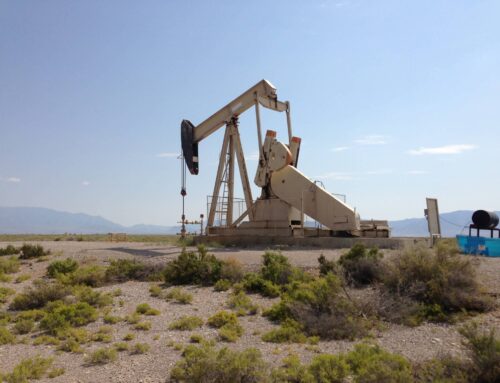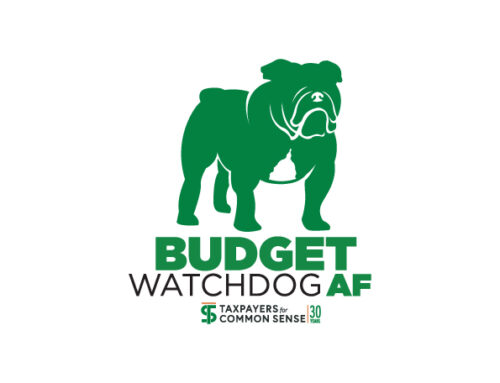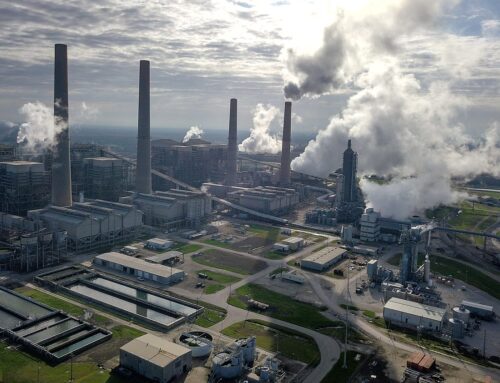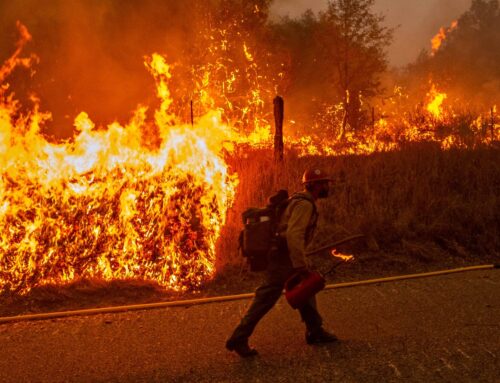Today, the House of Representatives approved H.J. Res. 35, a joint resolution to rescind the Waste Emissions Charge through the Congressional Review Act. Created by Congress in 2022, the charge imposes a fee on methane wasted during oil and gas production. The nonpartisan Congressional Budget Office (CBO) estimates that repealing the fee will cost American taxpayers $7.2 billion in lost revenue over the next decade (2025-2034).
Statement by Autumn Hanna, vice president of Taxpayers for Common Sense
“The methane waste emissions charge is a market-based solution to minimize the waste of a valuable energy resource, generating billions of dollars for American taxpayers in the process. This modest fee will encourage smarter resource management, create jobs in the methane mitigation industry, and help us all breathe easier. At a time when Americans are demanding efficient government in the face of massive budget deficits, there is no justification for repealing this fiscally responsible policy.”
Background
Methane waste during oil and gas development deprives consumers of a valuable energy resource, costs taxpayers billions in potential revenue, and forces communities to shoulder costly liabilities. The oil and gas industry routinely wastes methane through venting (the intentional release of natural gas), flaring (burning natural gas), and leakage. In 2019, approximately $509 million worth of natural gas—enough to meet the annual energy needs of 2.2 million households—was lost on federal and tribal lands. This wasted gas resulted in a combined loss of $64 million in federal, tribal, and state royalty revenues.
The oil and gas industry has cost-effective tools to minimize this waste. A 2010 Government Accountability Office study found that 40% of vented and flared gas could be profitably captured using existing technology. The U.S. methane mitigation industry has grown significantly in recent years, with an 88% increase in manufacturing firms and a 105% expansion in service providers since 2017, creating more than 1,040 job locations nationwide.
Under the final Waste Emission Charge rule, large oil and gas facilities—from production to transportation to processing—that emit more than 25,000 metric tons of carbon dioxide equivalent of greenhouse gases annually are assessed a fee for any methane wasted beyond a congressionally-set threshold. Fewer than 500 oil and gas facilities are expected to be subject to the charge.
The Environmental Protection Agency projects the Waste Emissions Charge will generate $2.3 billion from 2024 to 2033. The CBO projects the fee will generate even greater receipts for federal taxpayers, estimating that repealing the fee through H.J. Res. 35 would reduce federal revenue by $7.2 billion over the next decade.
The Waste Emissions Charge benefits taxpayers and local communities by discouraging waste, creating jobs in methane mitigation, and reducing pollution. The future of this commonsense policy now rests with the Senate, which is expected to vote on a repeal proposal later this week.











Get Social